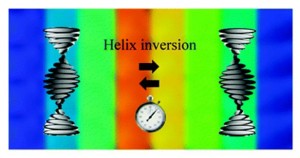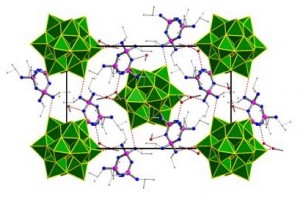An intriguing new method of transannular cyclopropanation has been reported by Prof. James Dowden‘s group at the University of Nottingham. This cyclopropanation, mediated by the presence of a trimethylsilyl group, allows the rapid formation of 4-azabicyclo(5.1.0)octenones (3) from simple starting materials. Divinyl beta-lactam (1) was elegantly formed via a Staudinger cycloaddition reaction beginning from 3-trimethylsilylpropenal, 4-methoxyaniline and crotonyl chloride. Next, researchers were able to transform 1 into dihydroazocinone (2) using a thermal Cope rearrangement.
The Dowden group discovered that if 2 was treated with TBAF or aqueous sodium hydroxide, 4-azabicyclo(5.1.0)octenone (3) could be formed. Interestingly, the reaction was dependent on the presence of the silicon group; when the trimethylsilyl group was replaced with an ester, no cyclopropanation occurred. The researchers proposed that the transannular cyclopropanation could be viewed as a Lewis-base–promoted Hosomi–Sakurai reaction proceeding via intramolecular 1,4-conjugate addition. 4-azabicyclo(5.1.0)octenones (3) are an unusual structural motif and it is hoped that this facile method for their construction may facilitate further examination of chemical space interactions.
Read this ‘HOT’ Chem Comm article today:
An unusual silicon mediated transannular cyclopropanation














 As Alzheimer’s disease advances, symptoms can include confusion, irritability and aggression, and long-term memory loss © Shutterstock
As Alzheimer’s disease advances, symptoms can include confusion, irritability and aggression, and long-term memory loss © Shutterstock



![spinksbanner2_tcm18-223978[1]](https://blogs.rsc.org/md/files/2012/11/spinksbanner2_tcm18-2239781.jpg)
